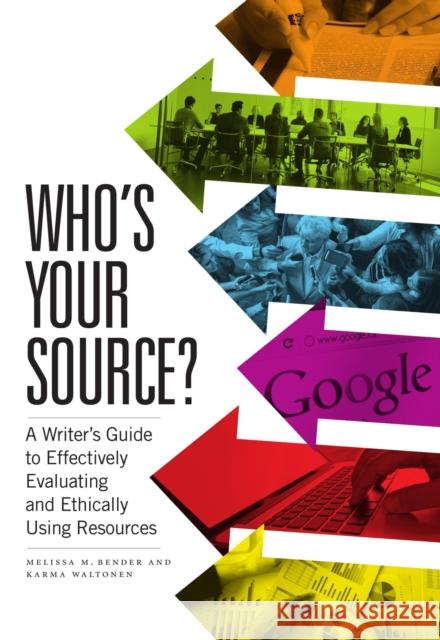Who's Your Source?: A Writer's Guide to Effectively Evaluating and Ethically Using Resources » książka
topmenu
Who's Your Source?: A Writer's Guide to Effectively Evaluating and Ethically Using Resources
ISBN-13: 9781554814848 / Angielski / Miękka / 2020 / 276 str.
Who's Your Source?: A Writer's Guide to Effectively Evaluating and Ethically Using Resources
ISBN-13: 9781554814848 / Angielski / Miękka / 2020 / 276 str.
cena 129,27 zł
(netto: 123,11 VAT: 5%)
Najniższa cena z 30 dni: 127,94 zł
(netto: 123,11 VAT: 5%)
Najniższa cena z 30 dni: 127,94 zł
Termin realizacji zamówienia:
ok. 30 dni roboczych
Bez gwarancji dostawy przed świętami
ok. 30 dni roboczych
Bez gwarancji dostawy przed świętami
Darmowa dostawa!
Kategorie BISAC:
Wydawca:
Broadview Press Inc
Język:
Angielski
ISBN-13:
9781554814848
Rok wydania:
2020
Ilość stron:
276
Waga:
0.29 kg
Wymiary:
20.32 x 13.72 x 1.52
Oprawa:
Miękka
Wolumenów:
01
Dodatkowe informacje:
Wydanie ilustrowane











